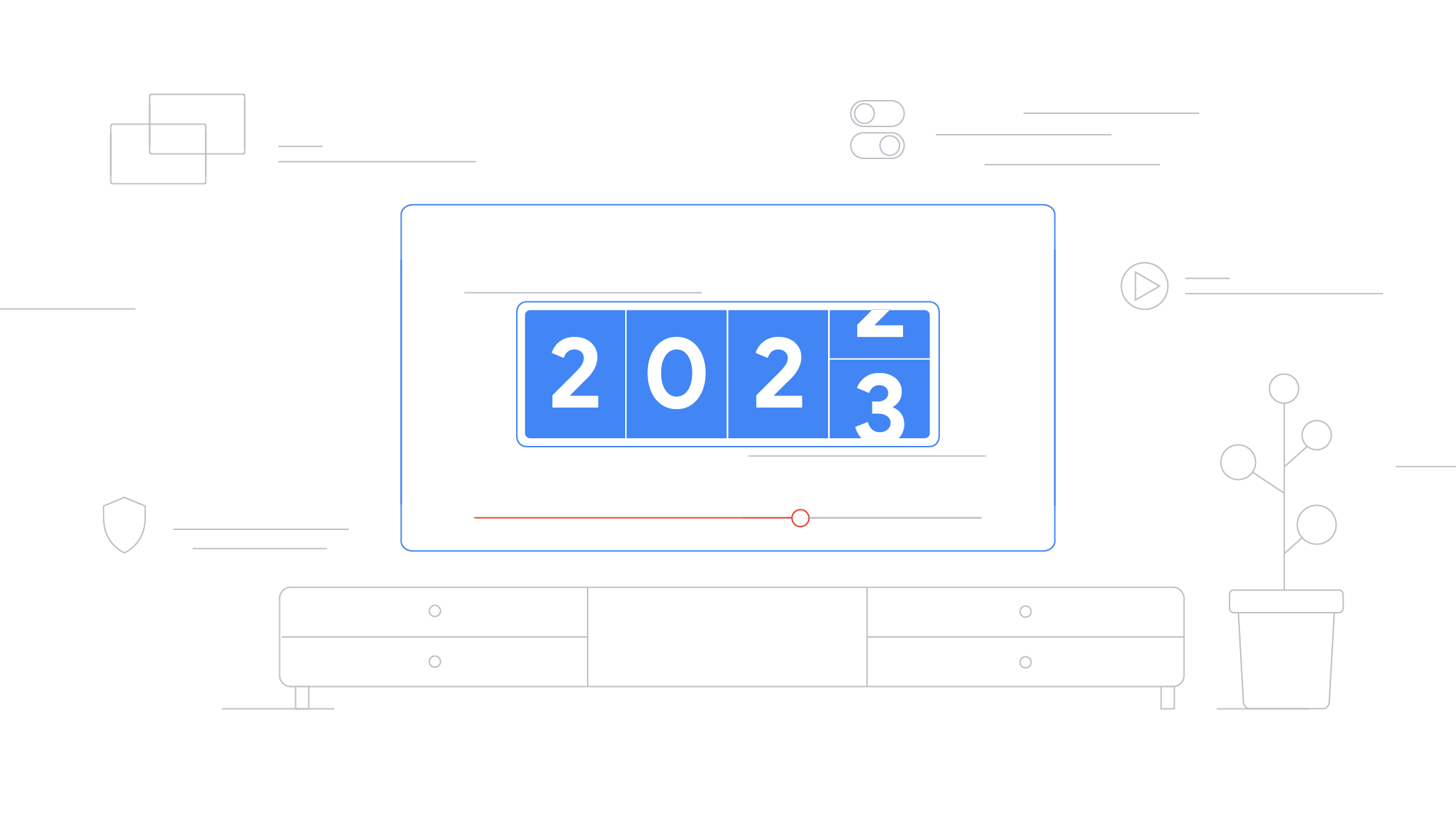Smarter optimizations to support a healthier programmatic market
More control of Private Auctions
Private Auctions were developed to help publishers negotiate higher prices by creating special segments of inventory for preferred buyers. As deal volume has grown, we discovered an additional opportunity for publishers to make even more money with Private Auctions. On average, 5% of Private Auction impressions on our platform have an Open Auction buyer willing to pay more than the Private Auction deal price. If all of these bids from Open Auction buyers were able to win their auctions, publishers would see a significant lift to their programmatic revenue.Optimized Private Auctions, now available to all publishers using DoubleClick Ad Exchange globally, give publishers the ability to allow high-value Open Auction bids to compete against Private Auctions. Full transparency is available to buyers, who can see in the DoubleClick Ad Exchange UI which of their Private Auctions are being optimized.
Greater accuracy with optimized pricing in the Open Auction
In addition to helping publishers maximize revenue from Private Auctions, we’ve been experimenting with optimized pricing to help publishers set price floors in the Open Auction that more closely reflect the value of their inventory.The Open Auction tends to have a large price gap between what a buyer bids and what they pay. We’ve observed more than a 50%1 price gap between bid and closing prices in many cases. Publishers see this gap as a revenue opportunity and try to close the gap by applying manually-calculated price floors. This is difficult to do well and can lead to lost revenue, or to complex implementations such as offering the same query repeatedly at different price floors that can increase user latency and hurt advertiser performance. We think there’s a better way.
Optimized pricing in the Open Auction uses historical data to automate the post-auction analysis and updating of floor prices that publishers already do, and takes it a step further. Not only does our technology use signals like ad unit and device, it also calculates audience-based floors, so publishers can fully benefit from building valuable audiences. And as we’ve always done, if there is a floor applied to an impression, whether publisher or algorithmically set, we share it with buyers in our bid requests.
In our experiments to date, we have applied optimized pricing to about 15% of transactions, creating over 5% lift in revenue for publishers using the Open Auction. As we expand our experiments with optimized pricing, we will monitor its performance to ensure advertisers continue to get great ROI.
Increasing price transparency
While Optimized Private Auctions and optimized pricing in the Open Auction help publishers get more value for their inventory, they raise important questions. In our conversations, programmatic buyers and sellers have expressed a strong desire for greater transparency and openness in how advertising is valued and prices are set. As the programmatic ecosystem continues to grow, we look forward to partnering with buyers and sellers in an open discussion on price transparency in the industry.1 Google internal data, desktop and mobile web impressions in North America



